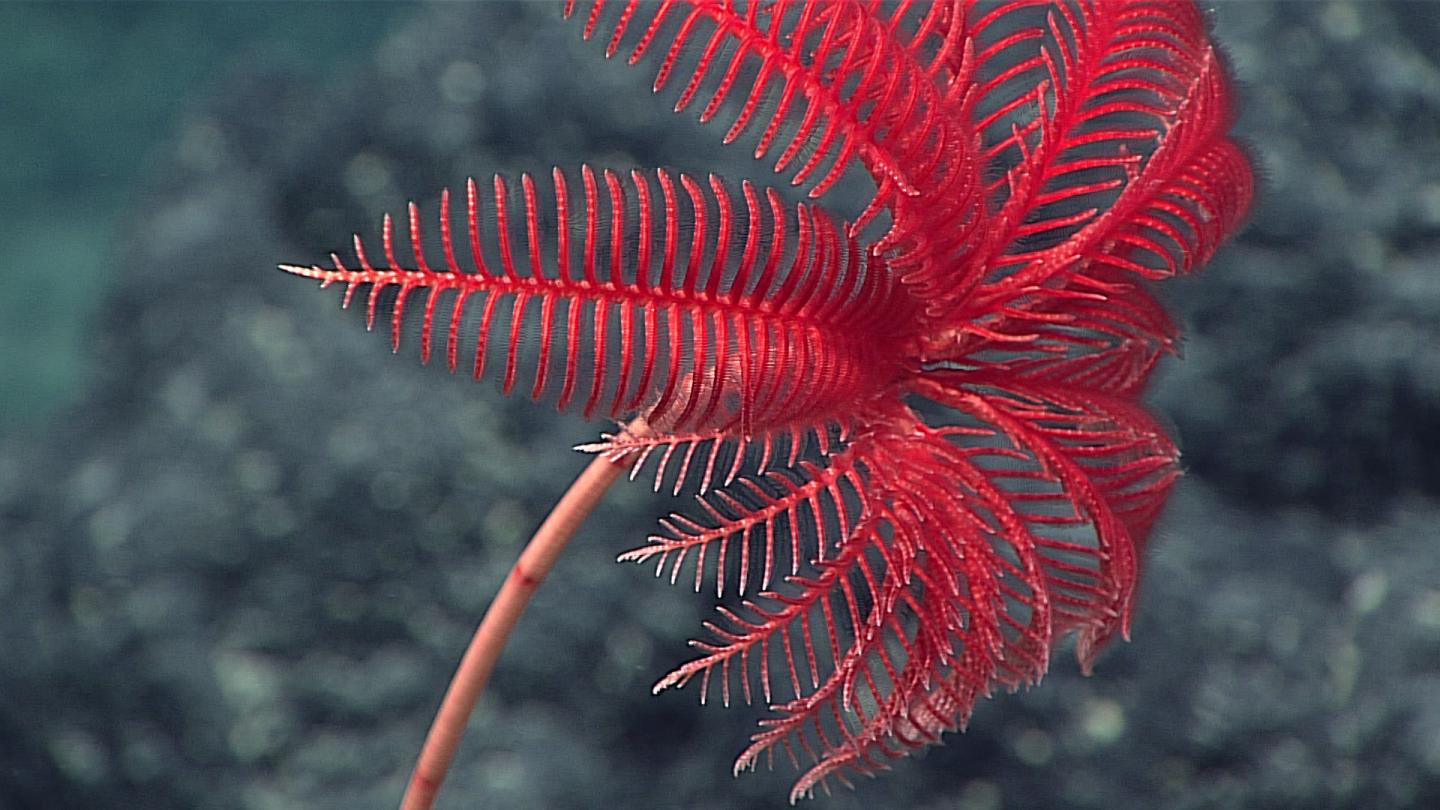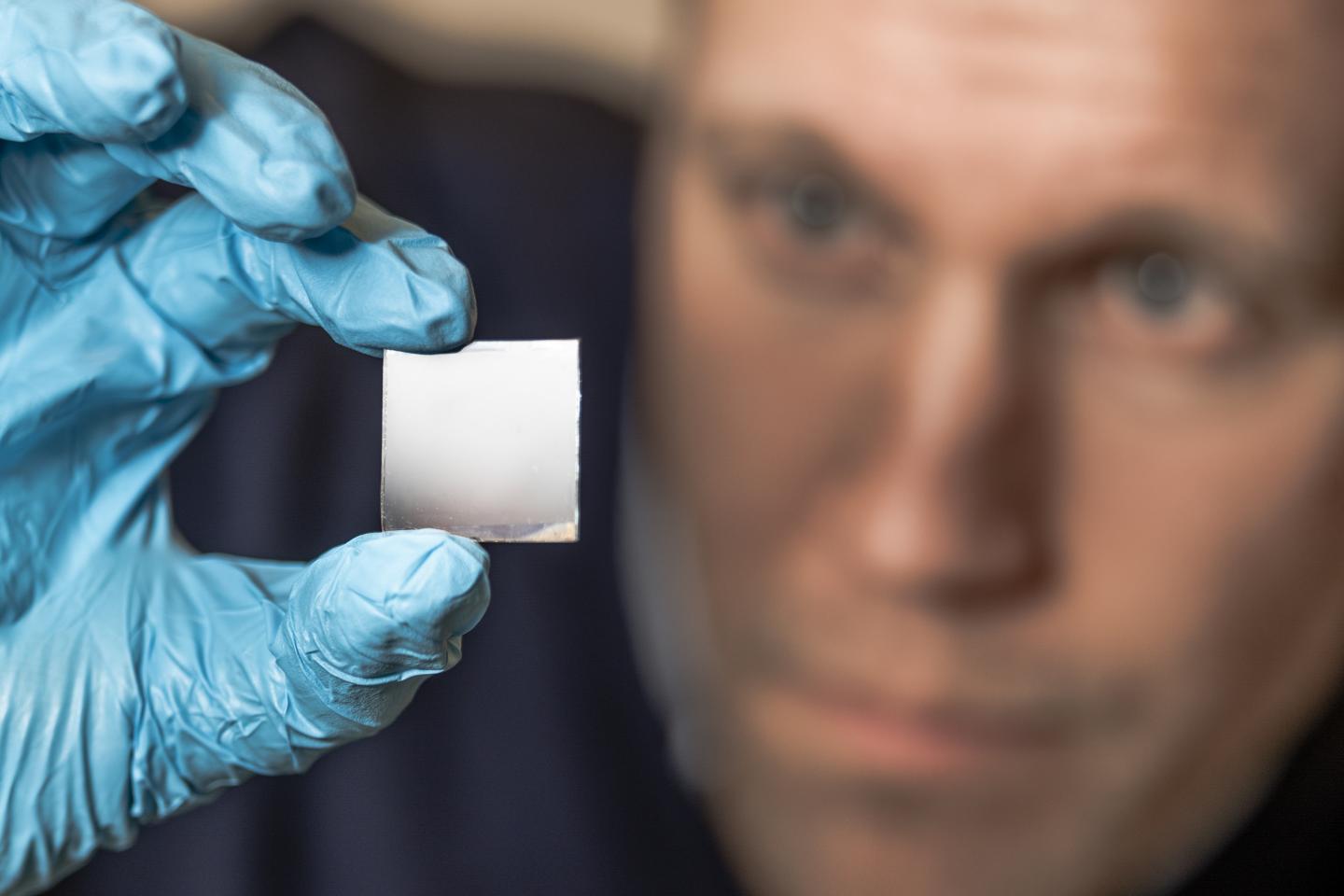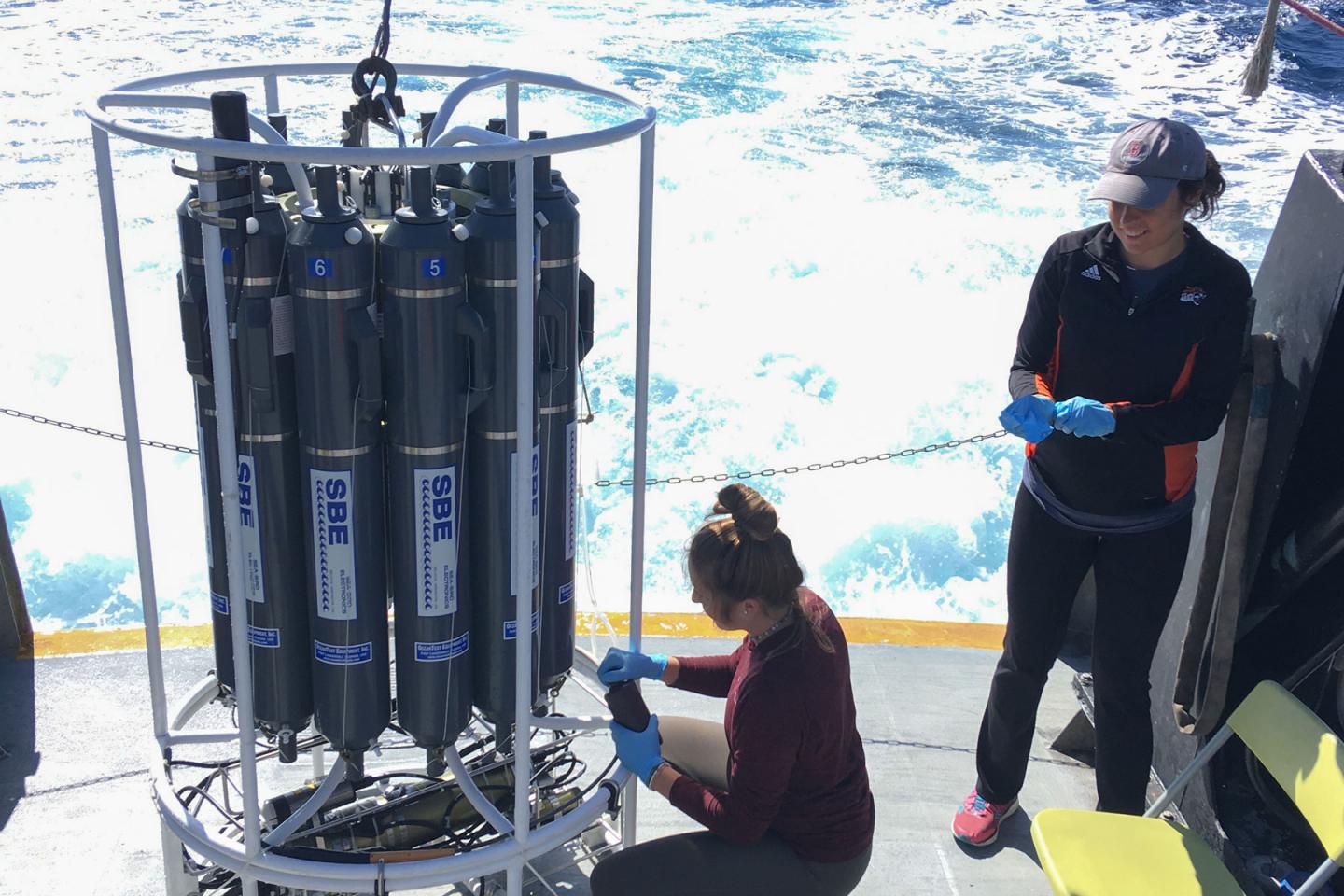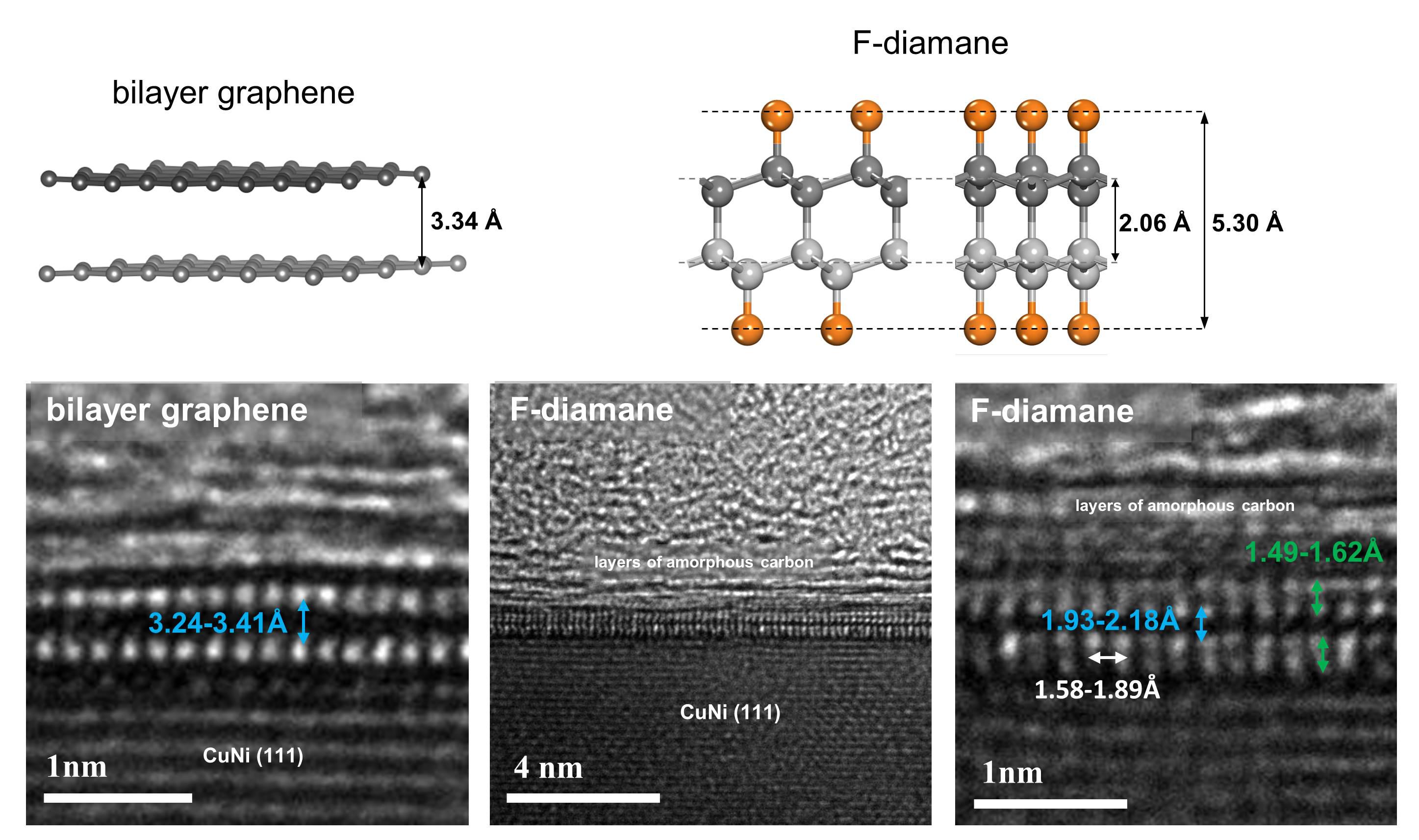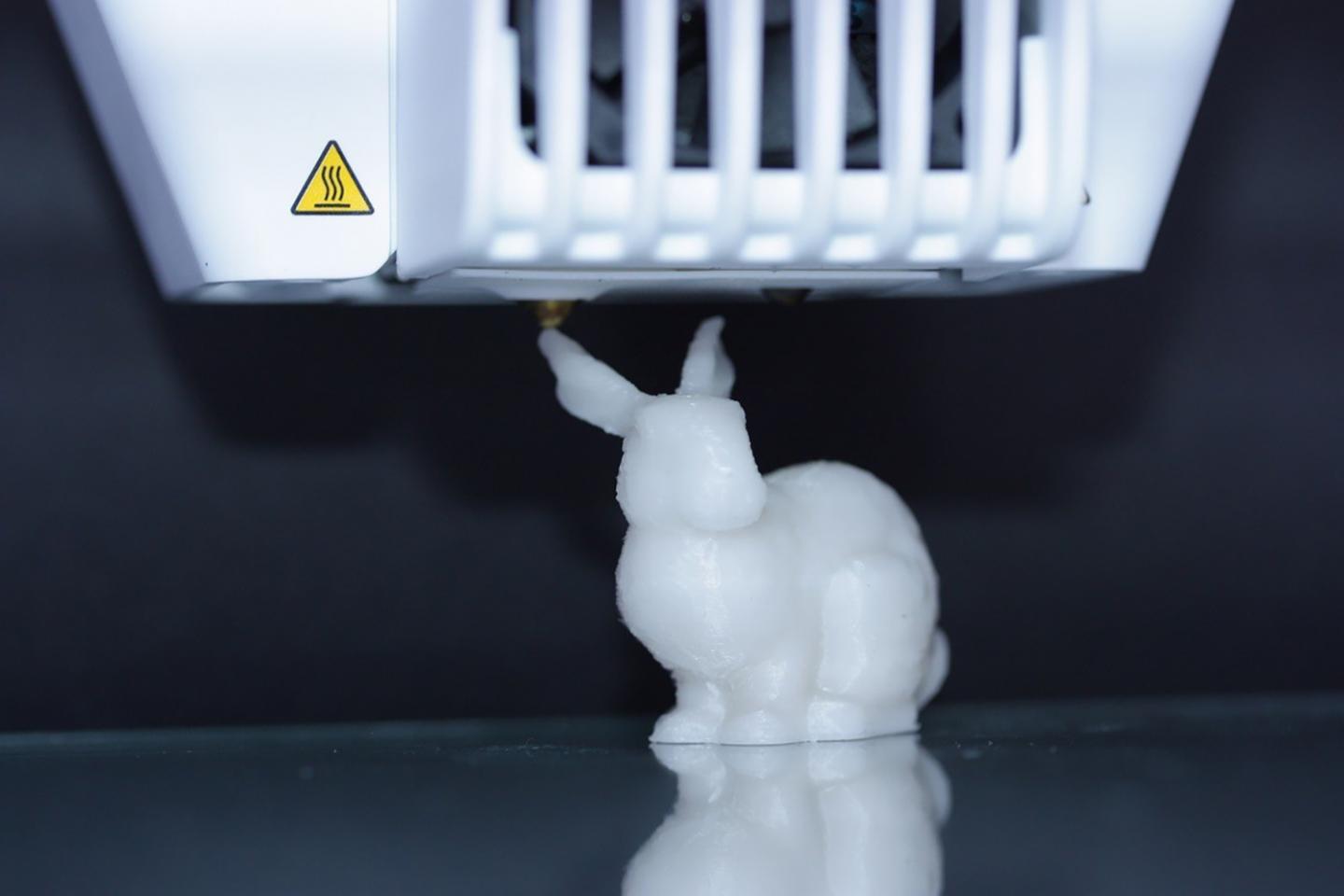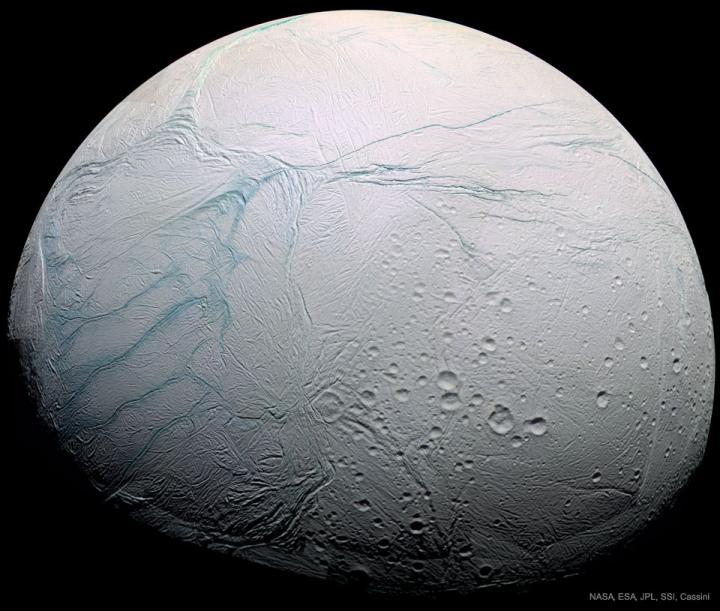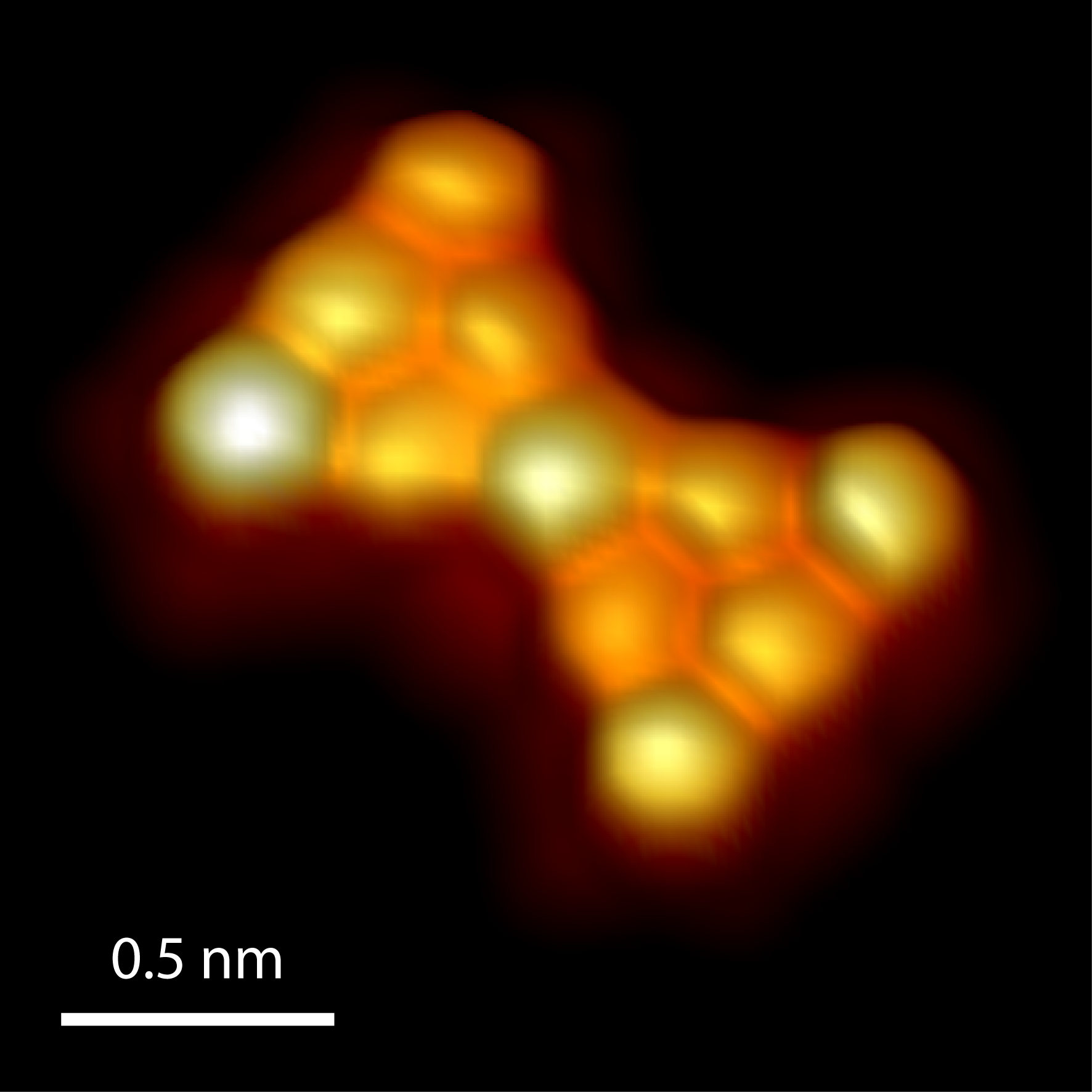Four-hundred-eighty-million-year-old fossils reveal sea lilies’ ancient roots
Sea lilies, despite their name, aren’t plants. They’re animals related to starfish and sea urchins, with long feathery arms resting atop a stalk that keeps them anchored to the ocean floor. Sea lilies have been around for at least 480 million years – they first evolved hundreds of millions of years before the dinosaurs. For … Read more
